Jones Hall
Introduction
Text-to-speech Audio
Images
Jones Hall was completed in 1902
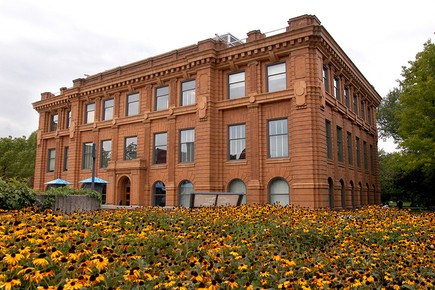
The Renaissance Revival building was designed by Charles R. Aldrich
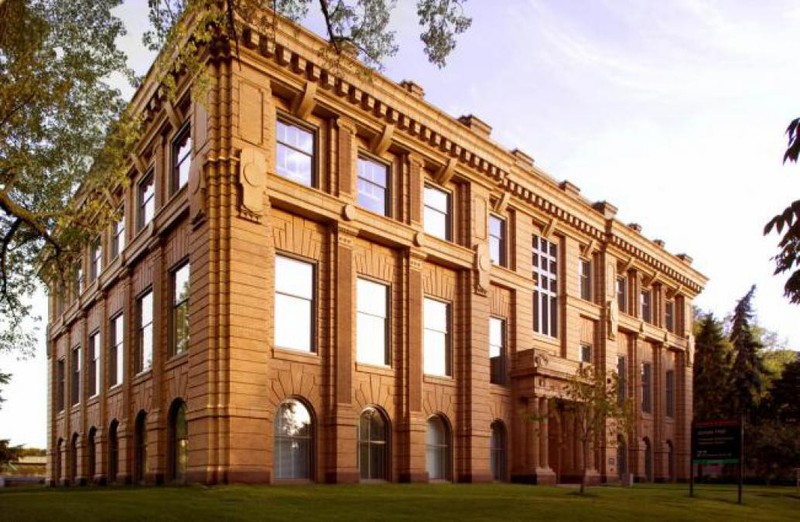
Jones Hall was substantially renovated in 2004 and reopened in 2005
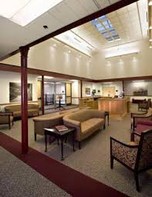
The Multimedia Lab of the CLA Language Center, located in Jones Hall
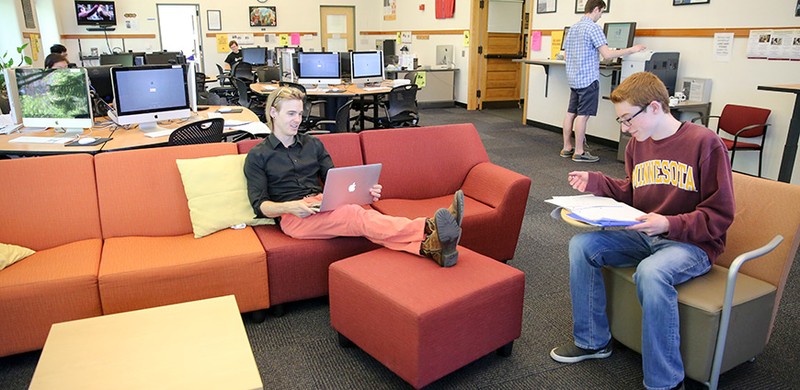
Jones Hall circa 1910, when it was known as the Physical Laboratory
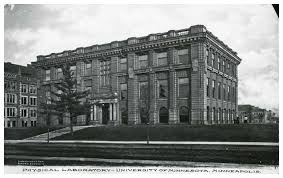
The building was renamed in honor of Frederick Sheetz Jones, the University's first professor of Physics
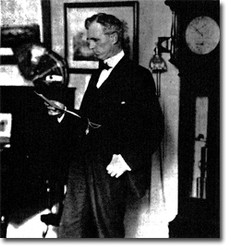
Backstory and Context
Text-to-speech Audio
The University of Minnesota’s Physics Department was founded in 1889 with the hiring of professor Frederick Sheetz Jones. Jones was a Yale graduate who had previously worked at the University of Minnesota as its second football coach, from 1886-1888. Despite only coaching for three seasons and six games, Jones became known as the “father of Minnesota football,” probably more for his later roles in establishing Greater Northrop Field (the University’s first official home stadium) and signing coach Henry L. Williams (its first full-time coach). While building the school’s athletic foundations, Jones also led the Physics Department through its first decades, and later became the Dean of the College of Engineering.
The building that would later bear his name, Jones Hall, was originally known as the Physical Laboratory. Construction began in 1901 and wrapped up the next year at a total cost of $55,600. The building was designed in the Renaissance Revival style by architect Charles R. Aldrich, who had previously worked on the University’s Armory. The rectangular structure is symmetrical in its layout, with a brick exterior and an original interior space of roughly 24,000 square feet. The Department of Physics was located in Jones Hall for 25 years, from 1902 until 1927. One of the department’s most notable achievements in this period came in 1921, when professor Joseph Valasek discovered ferroelectricity while studying Rochelle salts. Eventually, the Physics program outgrew Jones Hall and relocated to the newly-built Tate Laboratory in 1927, where it remains to this day.
In 2004, Jones Hall underwent an extensive renovation. While its historic character was preserved, the building was brought up to code and its interior was significantly updated. Some of the most notable improvements include the restoration of its skylight, the addition of an elevator, and the construction of a tunnel connecting Jones Hall to nearby Williamson Hall. Jones Hall was the first of many historical buildings around the Knoll to be renovated, marking the transformation of the area into a hub for the humanities. Since it reopened in early 2005, Jones Hall has been the home of the Freshman Admissions Welcome Center, as well as the CLA Language Center.
Cite This Entry
Gronseth, Adrian. "Jones Hall." Clio: Your Guide to History. April 23, 2020. Accessed April 8, 2025. https://theclio.com/entry/100539
Sources
- State Historic Preservation Office Staff . National Register of Historic Places Inventory -- Nomination Form, National Park Service. August 23rd 1984. Accessed April 23rd 2020. https://npgallery.nps.gov/NRHP/GetAsset/33466d89-64c2-4ea4-9bd8-1b3f574c3c96.
- History, University of Minnesota -- School of Physics and Astronomy. Accessed April 23rd 2020. https://www.physics.umn.edu/about/history/.
- Department of Administration -- Communications Media Division. Project 03-17. State Register: Rules and Official Notices Edition, vol. 27, no. 52. 1842 - 1847. June 23rd 2003. State of Minnesota.
- Early History of Minnesota Golden Gophers Football, Fandom -- American Football Database. Accessed April 23rd 2020. https://americanfootballdatabase.fandom.com/wiki/Early_history_of_Minnesota_Golden_Gophers_football.
- Pillsbury Hall Renovation -- Project History, University of Minnesota . Accessed April 23rd 2020. https://cla.umn.edu/pillsbury-hall-renovation/project-history-0.
- University of Minnesota Jones Hall Historic Renovation, JE Dunn Construction . Accessed April 23rd 2020. https://www.jedunn.com/project/university-minnesota-jones-hall-historic-renovation.
https://cla.umn.edu/language-center/about/hours-and-contact-information
https://www.jedunn.com/project/university-minnesota-jones-hall-historic-renovation
https://www.jedunn.com/project/university-minnesota-jones-hall-historic-renovation
https://cla.umn.edu/language-center/instructors/learning-spaces-0/walk-multimedia-lab
https://www.pinterest.com/pin/310115124311086445/
http://www.library.yale.edu/mssa/YHO/Piersons/governmentOf_faculty.html

